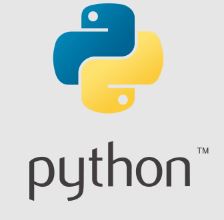Tag: SparkExamples
PySpark : Skipping Sundays in Date Computations
When working with data in fields such as finance or certain business operations, it’s often the case that weekends or…
PySpark : Getting the Next and Previous Day from a Timestamp
In data processing and analysis, there can often arise situations where you might need to compute the next day or…
PySpark : Determining the Last Day of the Month and Year from a Timestamp
Working with dates and times is a common operation in data processing. Sometimes, it’s necessary to compute the last day…
PySpark : Adding and Subtracting Months to a Date or Timestamp while Preserving End-of-Month Information
This article will explain how to add or subtract a specific number of months from a date or timestamp while…
PySpark : Understanding Joins in PySpark using DataFrame API
Apache Spark, a fast and general-purpose cluster computing system, provides high-level APIs in various programming languages like Java, Scala, Python,…
PySpark : Reversing the order of lists in a dataframe column using PySpark
pyspark.sql.functions.reverse Collection function: returns a reversed string or an array with reverse order of elements. In order to reverse the…
PySpark : Reversing the order of strings in a list using PySpark
Lets create a sample data in the form of a list of strings. from pyspark import SparkContext, SparkConf from pyspark.sql…
PySpark : Generating a 64-bit hash value in PySpark
Introduction to 64-bit Hashing A hash function is a function that can be used to map data of arbitrary size…
PySpark : Create an MD5 hash of a certain string column in PySpark.
Introduction to MD5 Hash MD5 (Message Digest Algorithm 5) is a widely used cryptographic hash function that produces a 128-bit…
PySpark : Introduction to BASE64_ENCODE and its Applications in PySpark
Introduction to BASE64_ENCODE and its Applications in PySpark BASE64 is a group of similar binary-to-text encoding schemes that represent binary…







